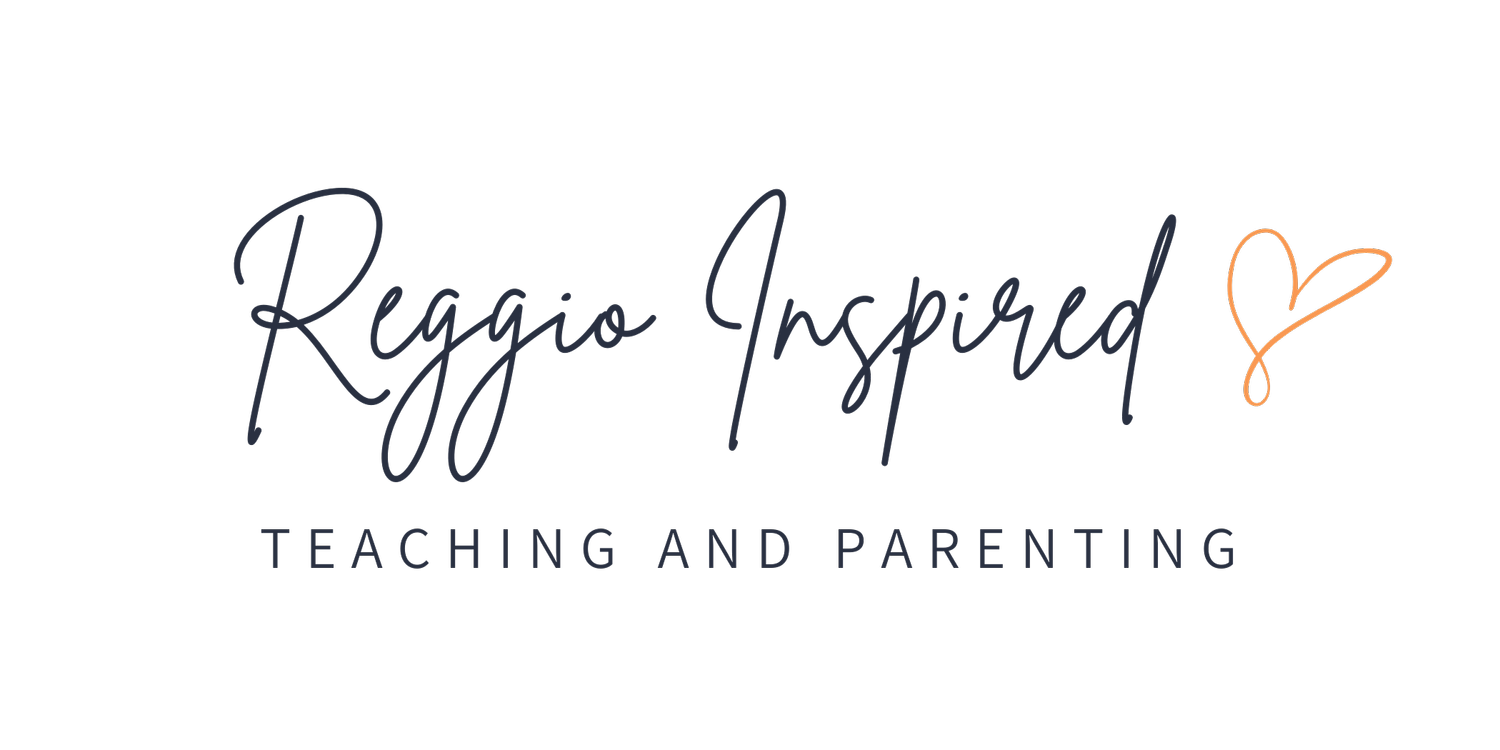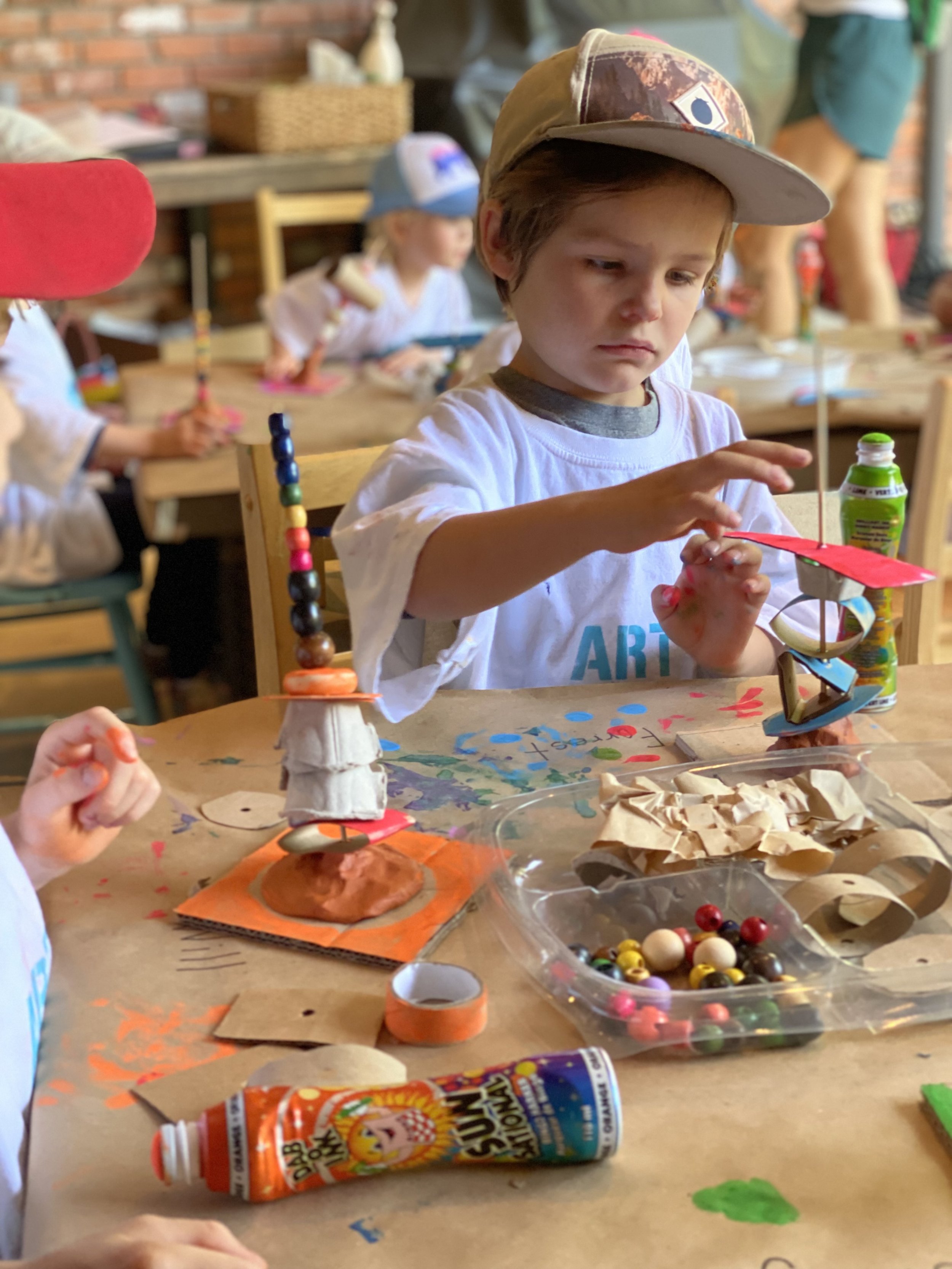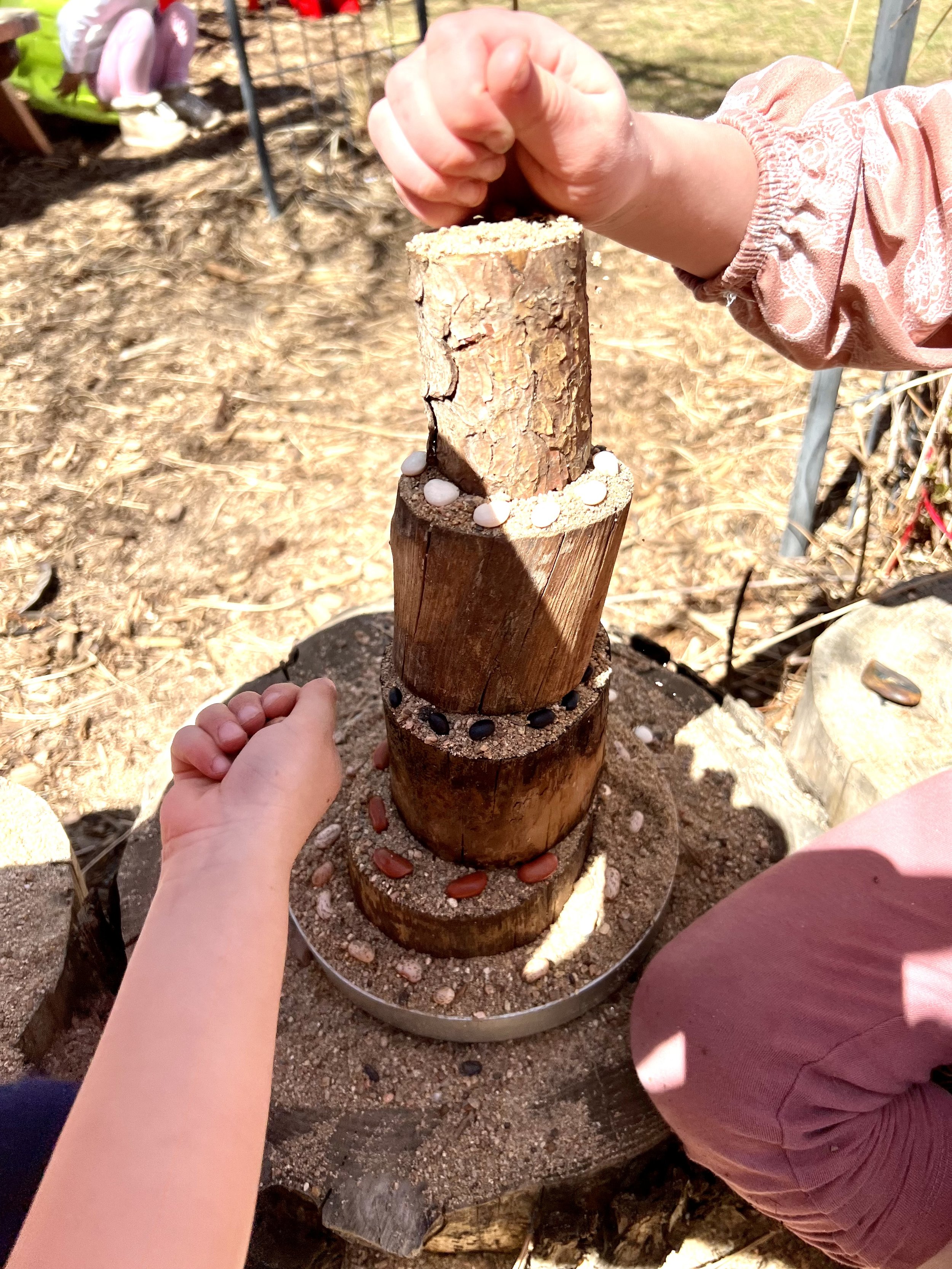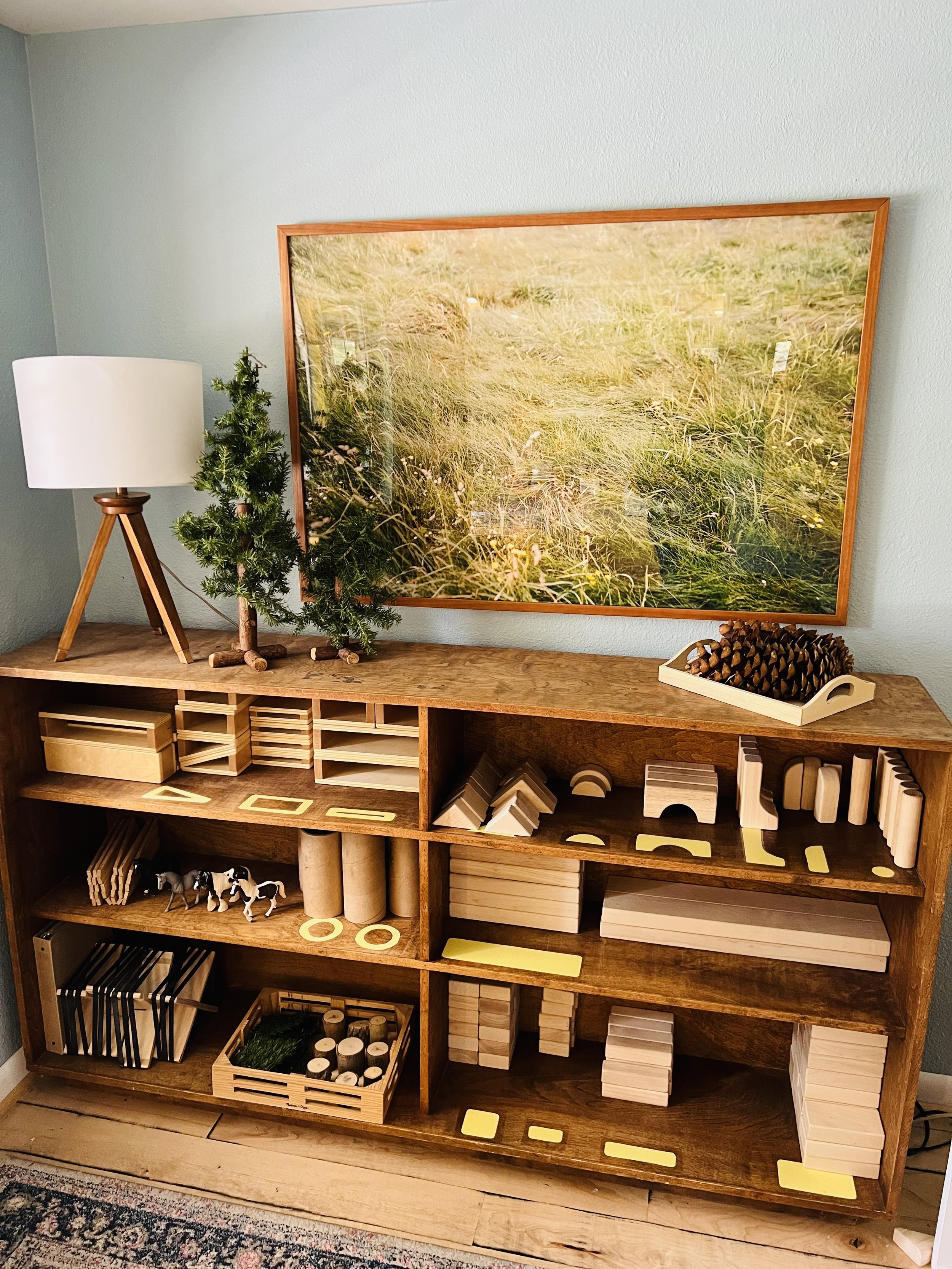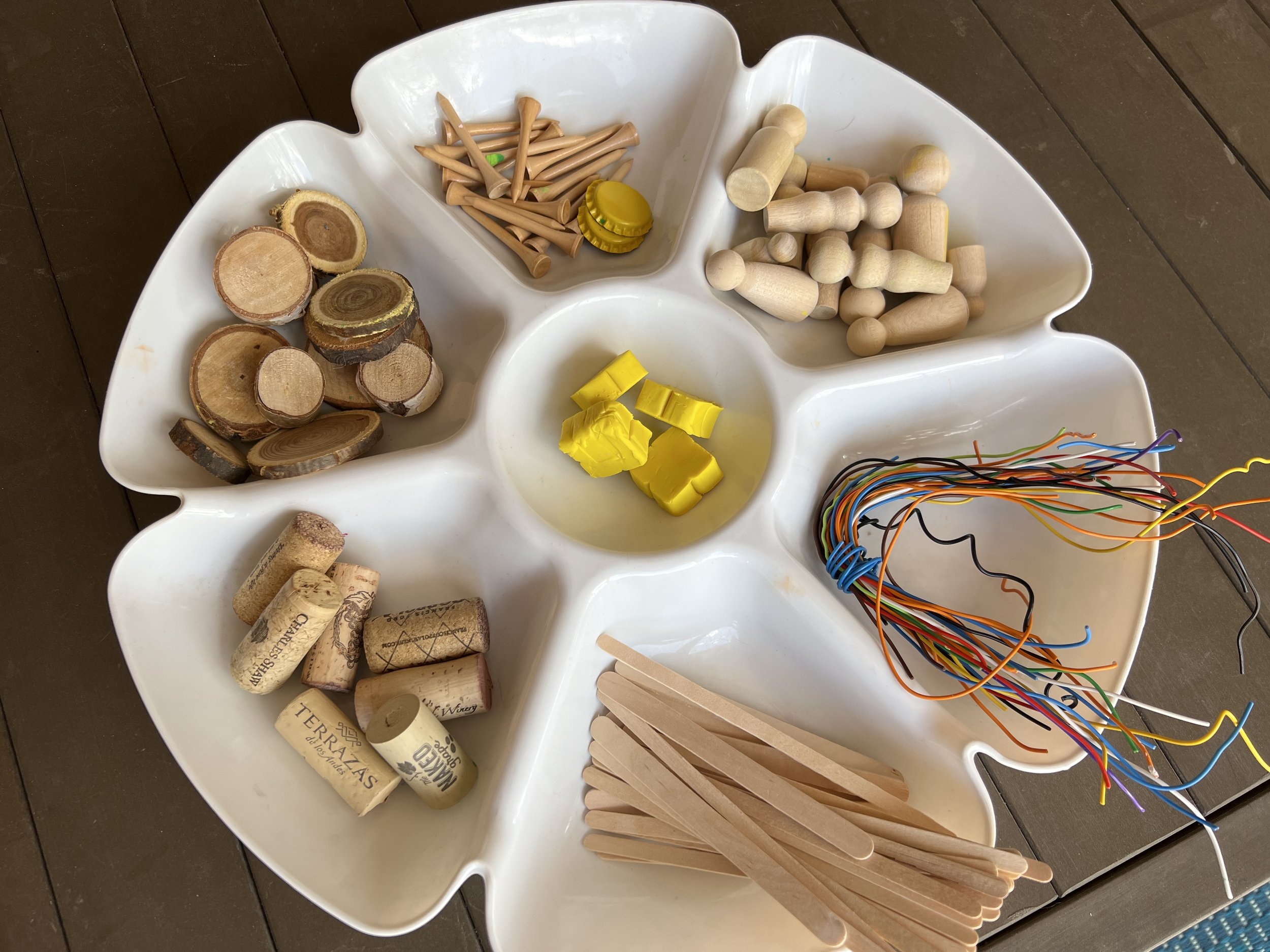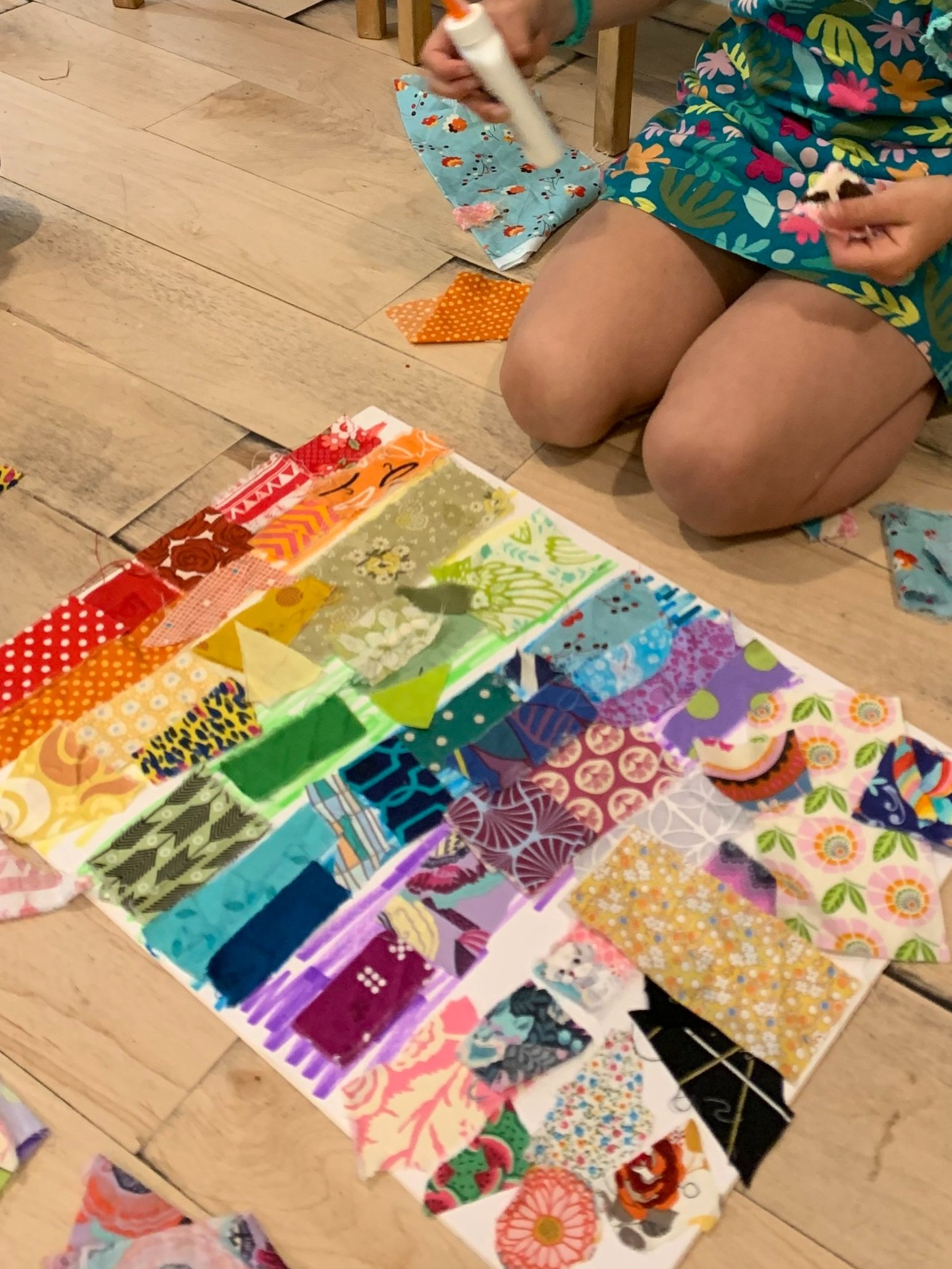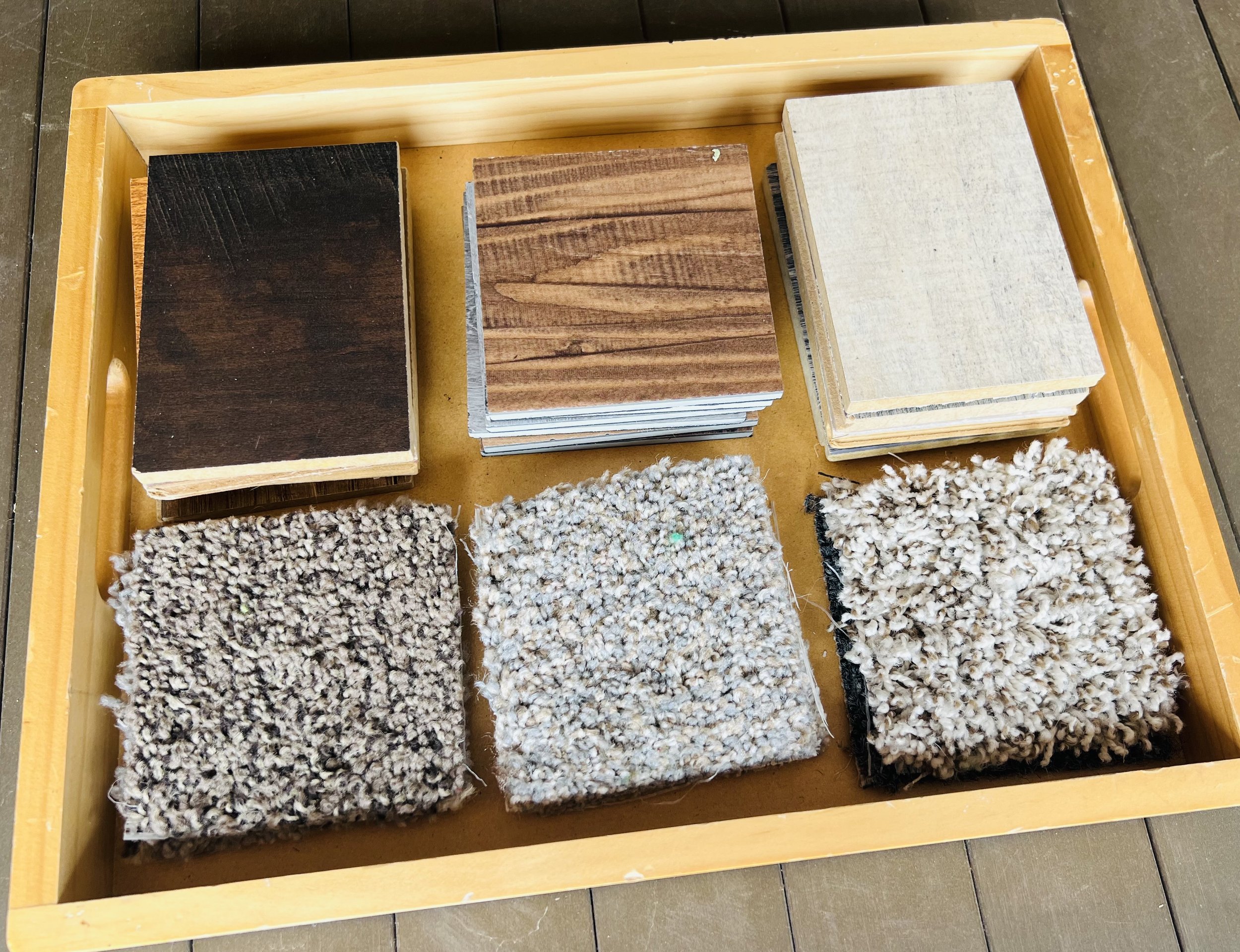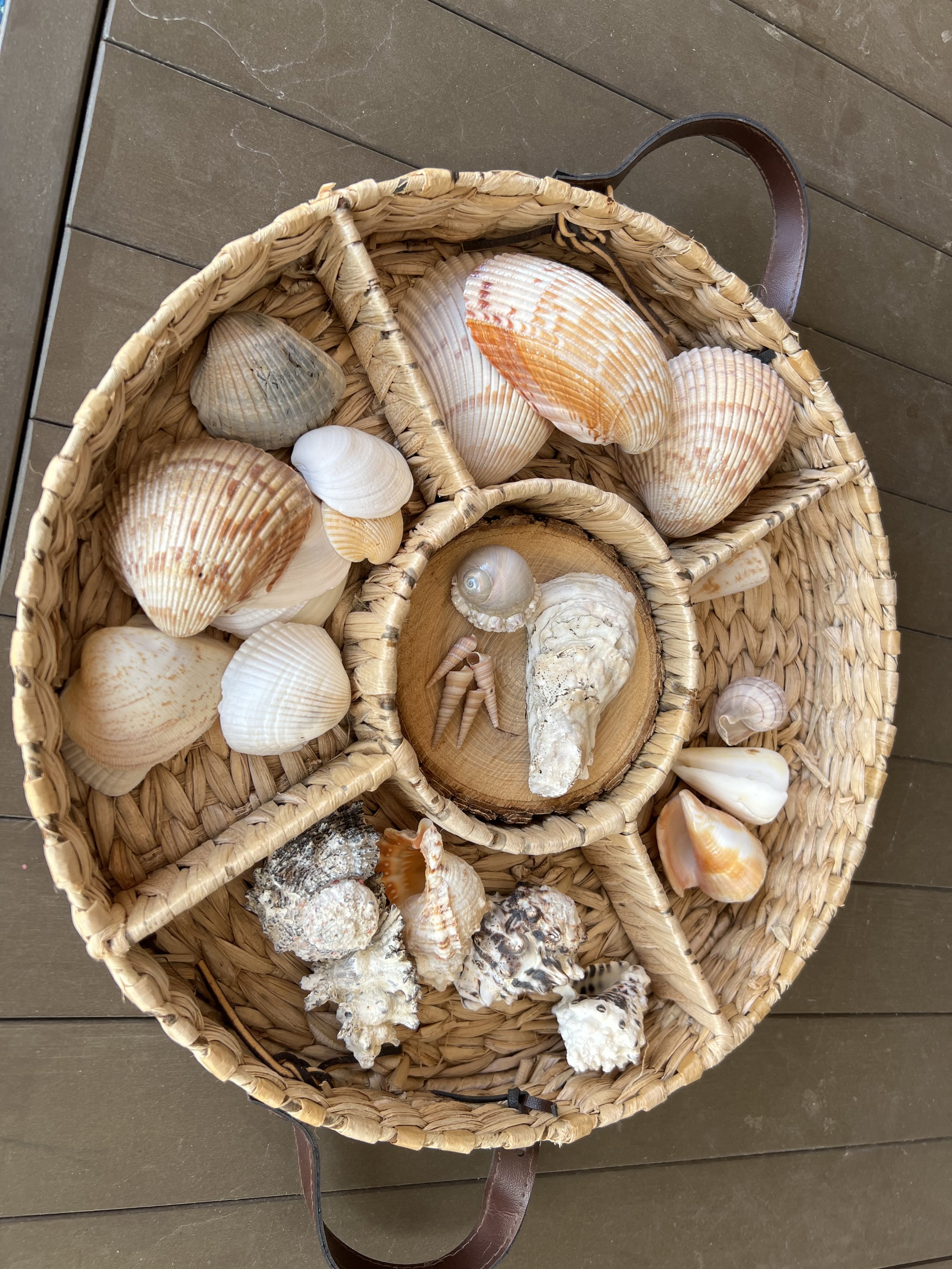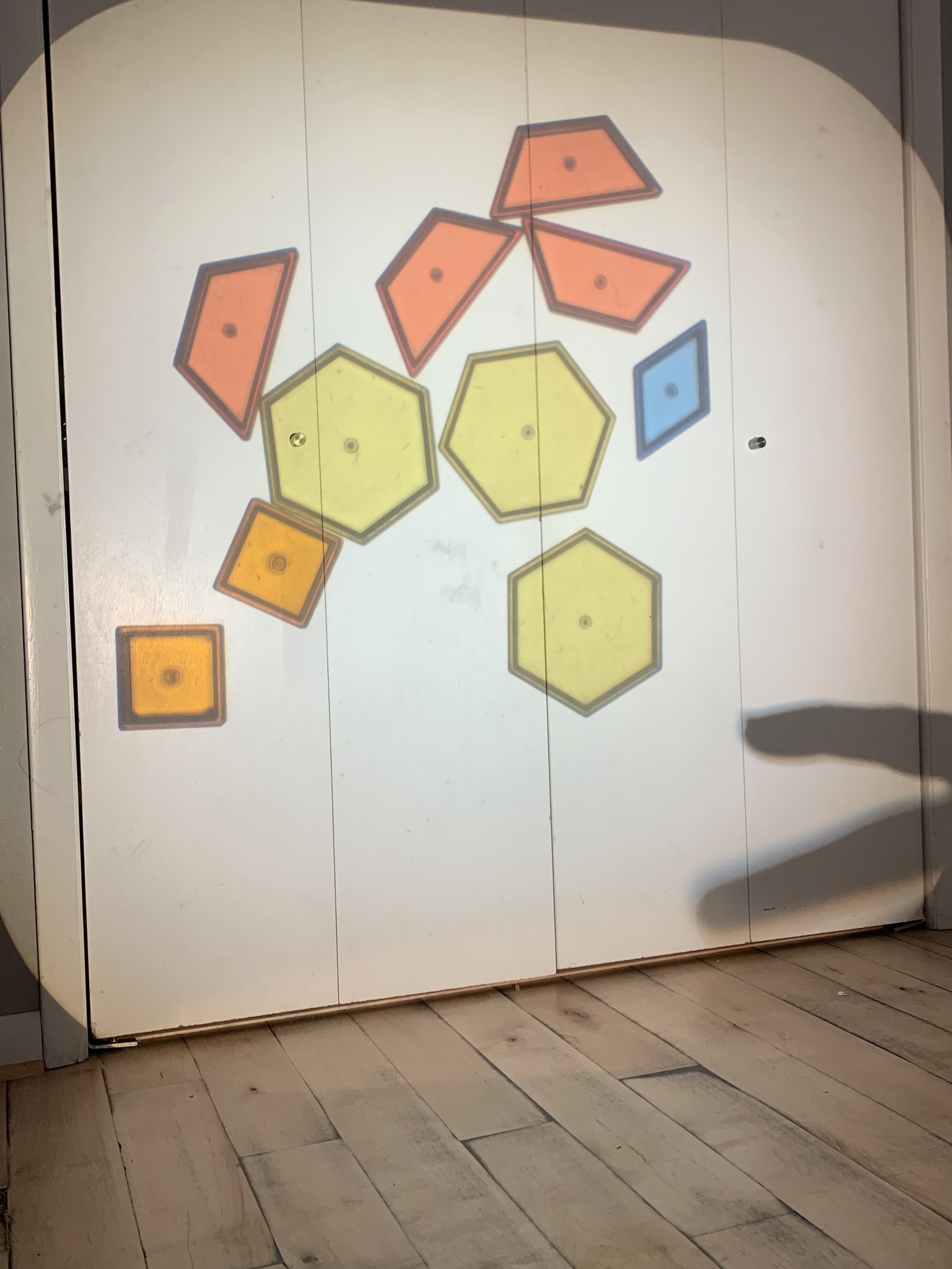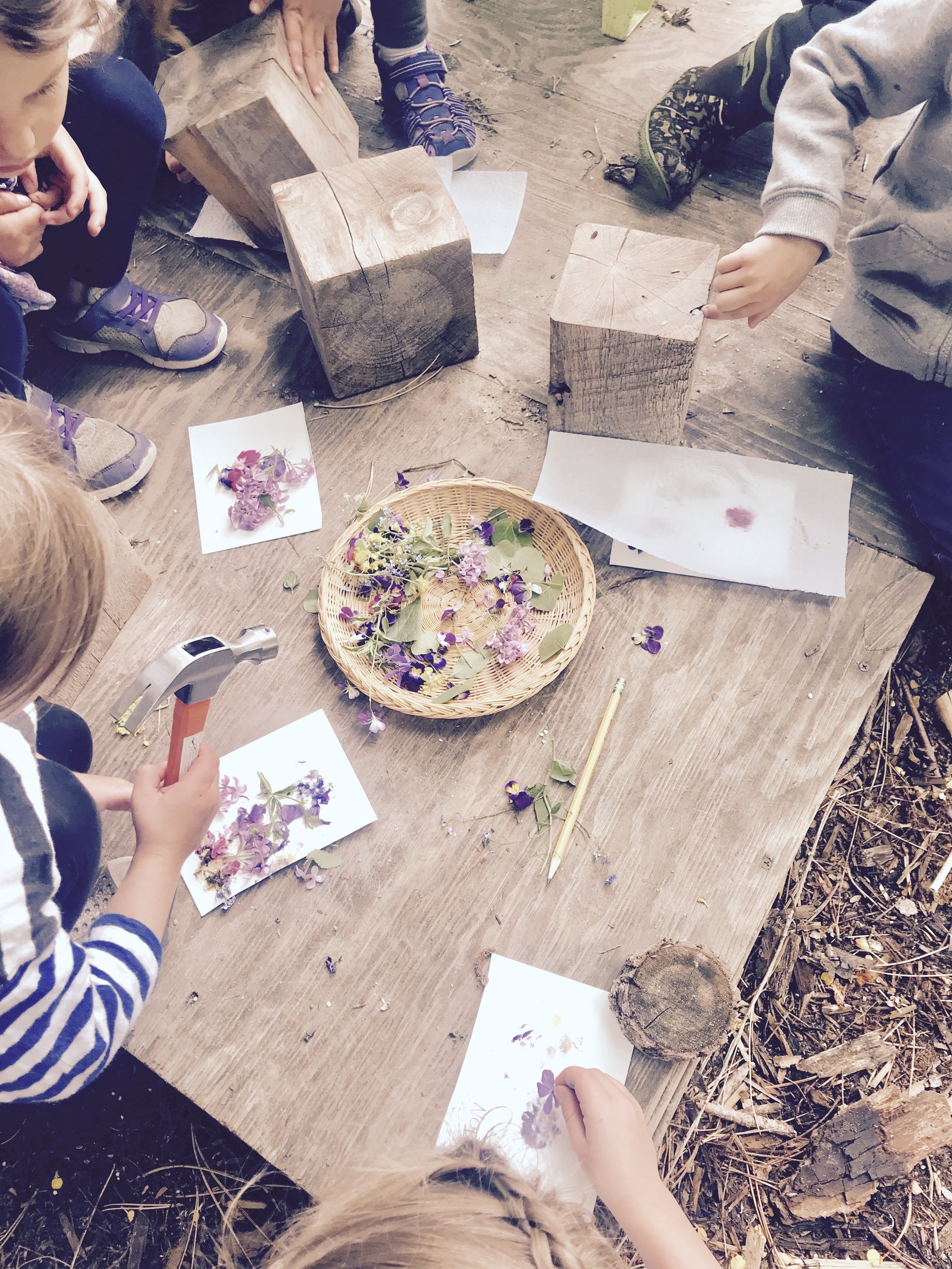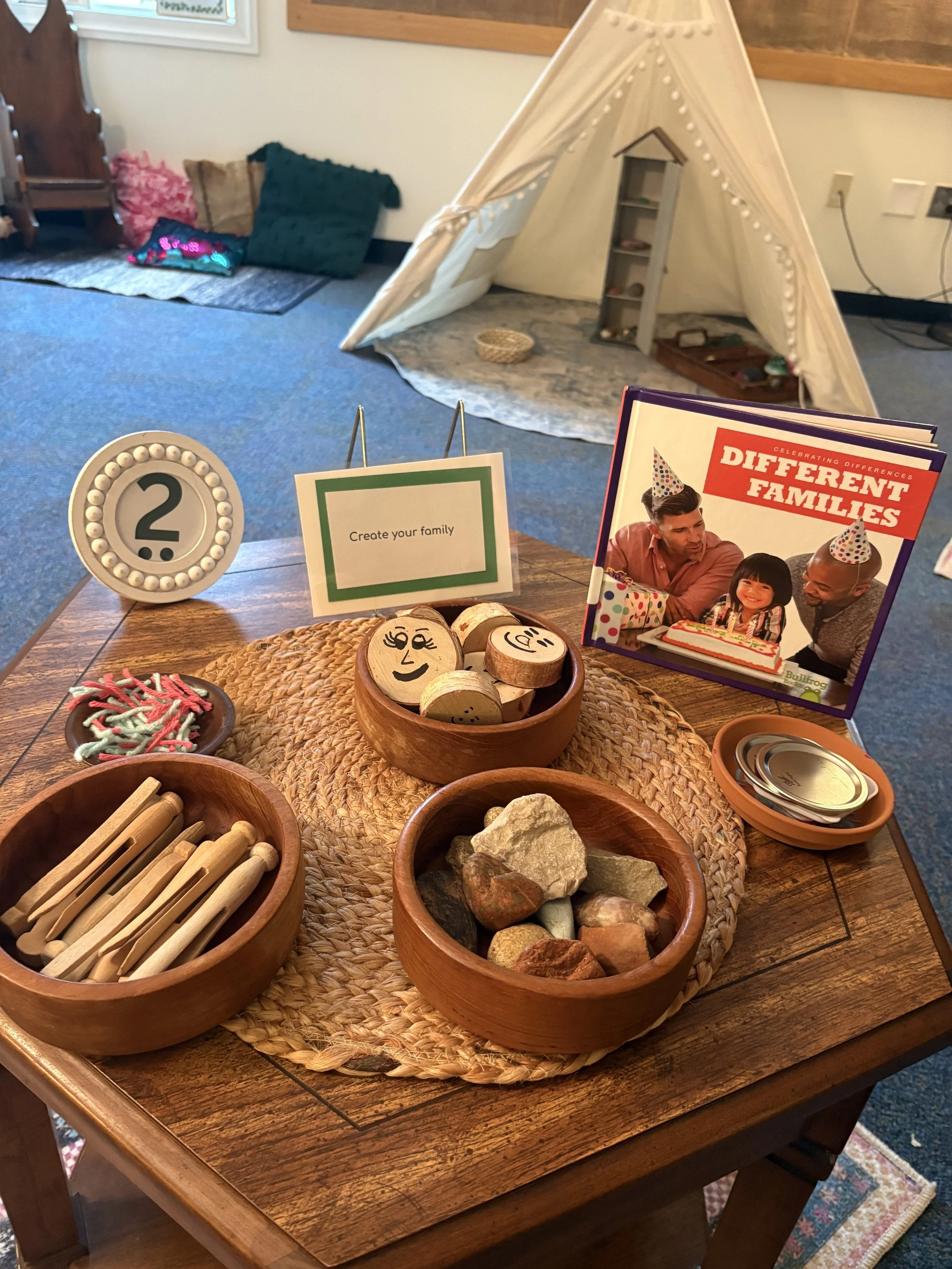Loose Parts in Reggio-Inspired Classrooms: A Beginner’s Guide
Loose parts are the ultimate freedom in play. They’re not traditional toys with fixed purposes — they’re open-ended materials that children can move, combine, dismantle, and transform any way they choose. In Reggio-inspired education, loose parts are like the blank canvas of learning: they adapt to children’s imaginations, invite endless possibilities, and support creativity without limits.
This guide will explain what loose parts are, why they matter, and how to start using them in your classroom or home learning space.
What Are Loose Parts?
Loose parts are materials with no set instructions or outcomes. Children decide how to use them, whether that’s building a tower, creating a story world, sorting by size or color, or inventing something entirely new.
Loose parts can be:
Natural: shells, stones, sticks, pinecones, leaves
Recycled: bottle caps, cardboard tubes, fabric scraps, containers
Household items: buttons, ribbons, baskets, kitchen utensils
Purchased materials: Magna-Tiles, transparent gems, wooden blocks
The beauty of loose parts is that they are usually inexpensive or free — and families love to contribute to classroom collections.
Download your free Loose Parts PDF here to share with families and start building your collection!
Benefits of Loose Parts Play
Loose parts may look simple, but the learning is profound. Here’s why they are so powerful in Reggio-inspired settings:
Ignite Imagination – With no rules, children invent their own play, stories, and creations.
Support Problem-Solving – Children experiment, test ideas, and adapt when materials behave differently than expected.
Encourage Collaboration – Loose parts invite group projects, negotiation, and teamwork.
Boost Language Development – Conversations naturally emerge as children plan, explain, and share ideas.
Strengthen Motor Skills – Lifting, stacking, and arranging pieces fine-tune coordination and spatial awareness.
Build Confidence – Children feel ownership when they create something new from ordinary objects.
With loose parts, play becomes a vibrant journey of discovery and growth.
How to Get Started with Loose Parts
You don’t need a big budget or fancy materials to begin. Start small and build gradually.
Practical Tips:
Collect materials from nature walks or recycling bins.
Store items in clear jars, baskets, or trays so children can easily see and choose.
Rotate collections regularly to keep curiosity alive.
Allow children to mix and match materials freely.
Involve families by sending home a donation list or sharing your loose parts guide.
Examples of Loose Parts Play
Building a city with cardboard tubes, bottle caps, and fabric scraps
Creating patterns with shells, stones, and gems
Designing a story scene with figurines, twigs, and blocks
Mixing natural items on a light table to explore shadow and color
Using clay and sticks together to invent creatures or sculptures
There are no right or wrong outcomes — only opportunities for children to wonder, test, and create.
Final Thoughts
Loose parts are more than playthings — they’re powerful tools for imagination, problem-solving, and collaboration. By embracing loose parts in your Reggio-inspired classroom, you invite children to see the world not for what it is, but for what it could become.
Curious to learn more about implementing loose parts and other Reggio principles? Our Reggio-Inspired Educator’s Course provides practical strategies, real classroom examples, and tools to help you confidently bring the Reggio philosophy to life.
About the Authors:
Megan Haynes and Priscilla Patti are two highly experienced and qualified early childhood educators who are passionate about teaching in a Reggio-Inspired way. They firmly believe in its transformative power in early childhood education. The authors share firsthand accounts of their experiences utilizing the Reggio Emilia Approach in Fort Collins, Colorado.
